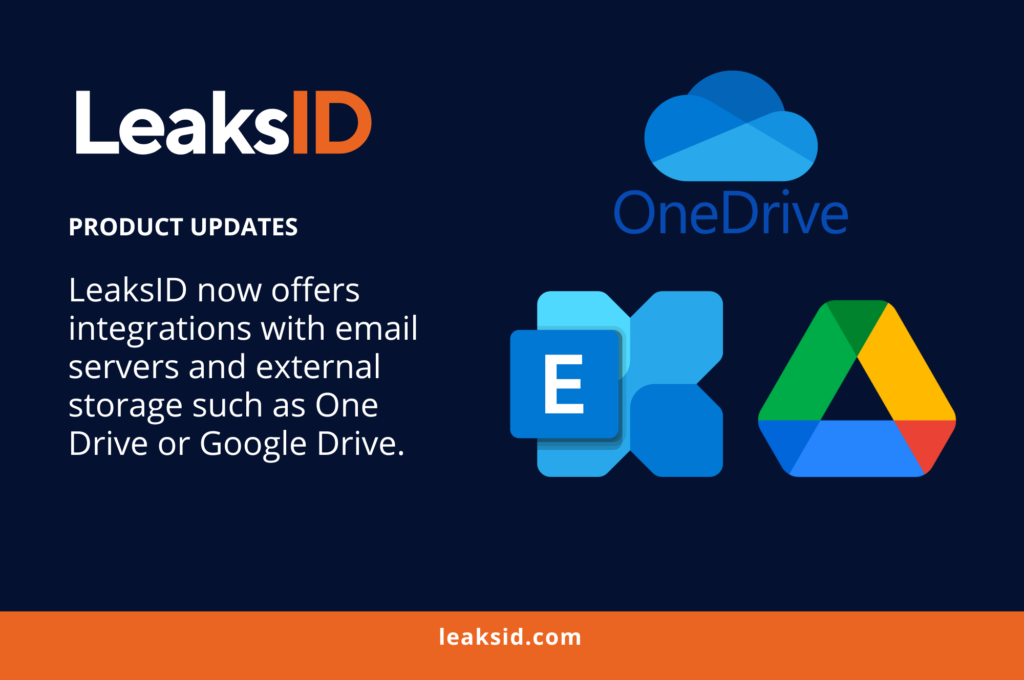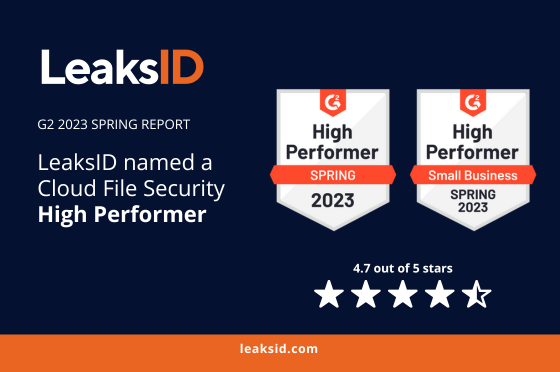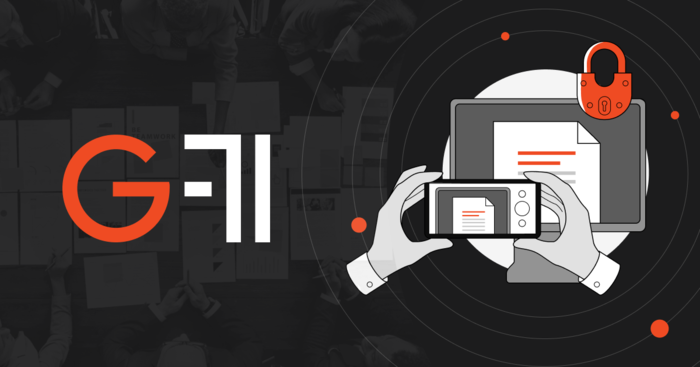Insider threats have become a significant concern for organizations in recent years. These threats occur when individuals within an organization misuse their access privileges to compromise data, systems, or sensitive information. As technology advances and businesses become more digitally reliant, the cost of insider threats has escalated, posing a considerable financial burden on organizations. In this article, we will explore the types of insider threats, the growing costs associated with them, and their impact on organizations.
Types of Insider Threats
Insider threats come in various forms, making them a complex challenge to mitigate effectively. Some common types include:
- Malicious Insiders: These individuals intentionally harm the organization, often for personal gain or revenge.
- Negligent Insiders: Employees who inadvertently compromise security through careless actions, such as clicking on phishing emails or mishandling sensitive data.
- Compromised Insiders: Employees whose credentials or devices have been compromised by external malicious actors, allowing unauthorized access.
The Costs of Insider Threats
The financial implications of insider threats are substantial and continue to rise. According to the “Cost of Insider Risks” report by Ponemon, the annual cost of insider threats in 2023 reached a staggering $16.22 million, marking a 5% increase from the previous year. This financial burden is a combination of expenses related to incident investigations and proactive prevention efforts.
- Investigation Costs: Organizations allocate approximately 18.6% of their insider threat budget, equivalent to $3.03 million, for conducting investigations into incidents caused by insiders.
- Proactive Methods: About 10.1% of the budget, or $1.64 million, is dedicated to proactive measures aimed at preventing insider threats.
Analyzing the Cost of a Single Insider Threat Incident
To comprehend the true magnitude of the issue, it is essential to examine the cost of a single insider threat incident, rather than just the annual figures. According to the same Ponemon study, the cost of one insider threat incident is estimated at $628,7k, with a breakdown as follows:
- Investigation: $117,5k is spent on investigating the incident, which includes expenses related to identifying the source of the breach and assessing the damage.
- Proactive Measures: $63,4k is invested in proactive security measures to prevent similar incidents from occurring in the future.
Furthermore, organizations spend an average of 86 days resolving a single insider threat incident, highlighting the extensive time and resources required to address these breaches effectively.
Underinvestment in Insider Risk Management
One concerning aspect of the cost of insider threats is the inadequate allocation of resources. Organizations often attempt to tackle this $16.2 million problem with only 8.2% of their overall IT security budget. This translates to just $200 per employee dedicated to insider risk management programs and policies.
To put this into perspective, consider a company with an average workforce of 2,500 employees:
- Investigation Costs: With an annual budget of $93k, the organization allocates a mere $37.2 per employee to investigate insider threats.
- Proactive Measures: With an annual budget of $50,5k, only $20.2 per employee is invested in proactive security measures.
In this scenario, it becomes clear that such amounts will only allow addressing basic problem areas, unfortunately preventing companies from testing new and innovative solutions in the market that could enhance their security perimeter.
Conclusion
The cost of insider threats is not only rising but also putting significant pressure on organizations financially. As the threat landscape evolves, organizations must allocate adequate resources to combat insider threats effectively. Neglecting this critical aspect of cybersecurity can lead to severe financial and reputational consequences. To protect their data and assets, organizations should consider increasing investments in insider risk management programs, employee training, and proactive security measures. In doing so, they can better safeguard themselves against the growing menace of insider threats.



















































